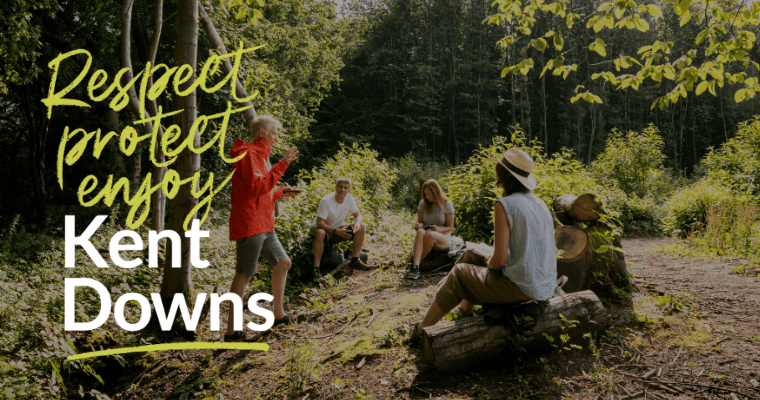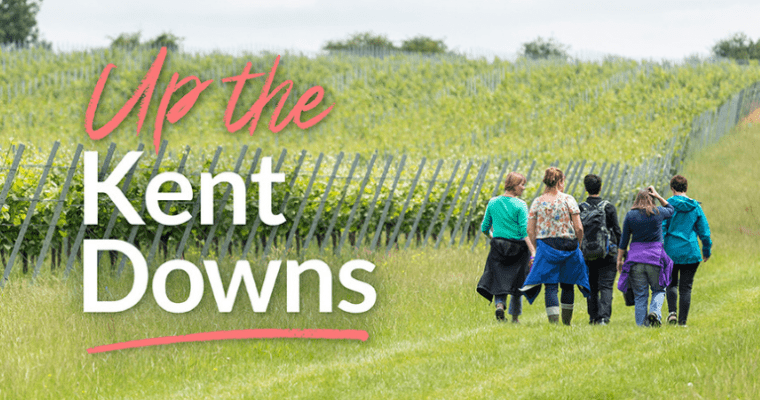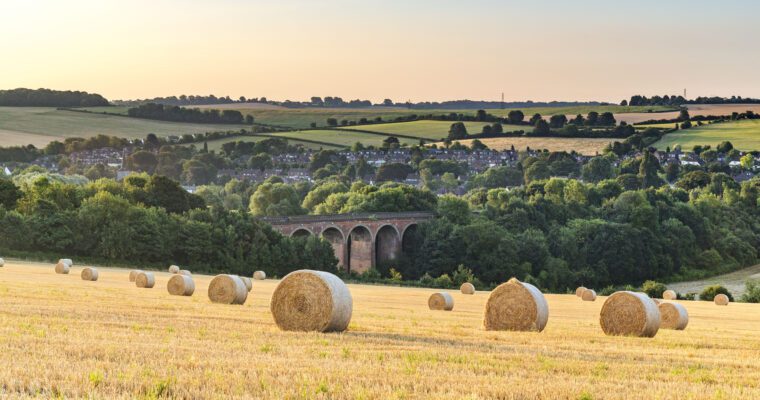Autumn Walks in the Kent Downs
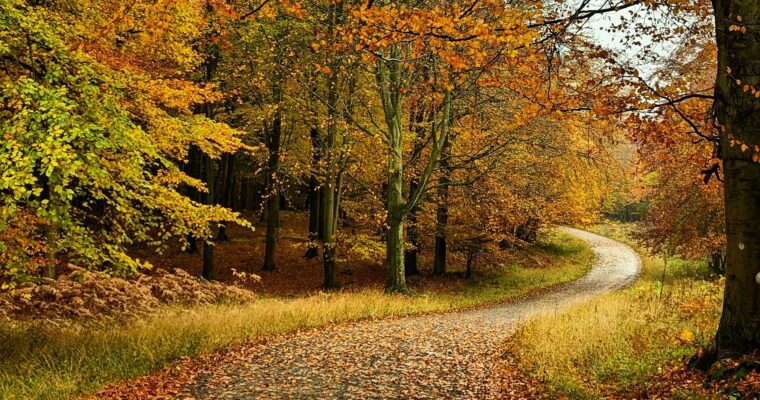
7th October 2023
As the nights draw in and the air begins to cool, the trees come alive with incredible fiery colours – a sure sign that autumn is here. So, grab your coat, step outside, and experience the wind on your face as you walk in the footsteps of pilgrims, search for late-season butterflies, watch flocks of migratory birds, and admire the kaleidoscopic colours of the Kent Downs in autumn.
When to see autumn leaves in Kent?
From the end of September, the leaves of deciduous trees begin to change colour from summer greens to the yellows, reds, and golds of autumn. The peak for autumn leaves in the UK is usually around late October, with the southern regions usually experiencing the peak a little later due to the longer days and warmer overnight temperatures.

Leafpeeping in the Kent Downs
Having originated in the USA, leaf peeping is a term coined when tourists began travelling to New England to witness and photograph the fall foliage. Leaf peeping is now a growing craze in the UK, and as the Kent Downs is one of Britain’s most wooded landscapes (23% woodland), it’s the ideal destination for budding leaf peepers.
We’ve handpicked a selection of destinations here in the Kent Downs National Landscape that showcase autumn’s nature highlights. Why not stick on your wellies and head into the woods?
Our top 5 autumn walks in the Kent Downs
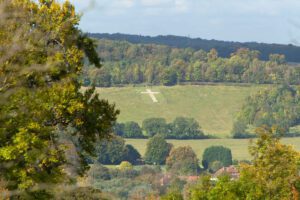
1). Samuel Palmer Trail, Darent Valley
One of Britain’s most talented artists, Samuel Palmer immortalised the beautiful landscape of the Darent Valley nearly 200 years ago. Walk in his footsteps this autumn, experiencing the changing landscape through the eyes and ears of one of our best painters on this self-guided audio-visual trail.
Enjoy chalk slopes with woodland tops, the tranquil meandering River Darent, colourful ancient trees in Lullingstone Park and breath-taking autumnal views across Shoreham village and its surrounding countryside. The circular trail is 5.3 miles (8.5km) and takes approximately 2.5 to 3 hours.

2). Emmetts Garden, Sevenoaks
An Edwardian Estate managed by the National Trust, Emmetts Garden stands on one of the highest spots in Kent. Along with incredible views and many rare and exotic plants from across the world, Emmetts Garden boasts vibrant autumn colours. Look out for the fiery red winged spindle tree, the array of orange-hued Japanese maples, and the katsura tree, also known as the burnt toffee tree.
Then, explore the neighbouring Scords Wood or Toys Hill, which during autumn, provide the ideal moist and dark conditions for fungi to flourish. You might spot earthfan, smelly stinkhorn, or the distinctive red and white spotted fly agaric. Remember not to touch any fungi as many species are poisonous and picking is not allowed on this estate.

3). Hucking Estate, Hollingbourne
Hucking Estate is not just a wood; it’s a landscape in which all the habitats complement each other: chalk grassland, hedges, ancient woodland. Together, these provide a diverse habitat in which wildlife can flourish. This 282-hectare site is owned and managed by The Woodland Trust. Since 1997, they have planted 180,000 trees, recreated 55 hectares of grassland, and planted nearly a mile of new hedgerows.
Stubs Wood is a pocket of ancient woodland in the estate that is perfect for leaf peeping, with oak, hornbeam, and sweet chestnut trees in big numbers. Plus, during October, the hedgerows here are teeming with ripe fruit ready to be picked and enjoyed!
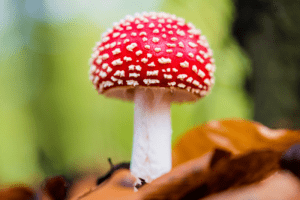
4). Kings Wood, Challock
Kings Wood is one of Kent’s largest woodlands. Once a historic royal hunting forest, Kings Wood is an ancient woodland site with both broad-leaved trees and conifers. With kilometres of woodland trails, this vast site is suitable for bikes, dogs on leads, and even has a network of horse-riding routes, so there are plenty of options for getting your fill of autumnal landscapes here.
Tree species found here include sweet chestnut, beech, Corsican pine, and Douglas fir. It is also home to a huge diversity of wildlife, including a vast array of fungi, fallow deer, adder, nightjar, and both the lesser and greater spotted woodpecker.
The 1500-acre forest is managed by the Forestry Commission and the Kentish Stour Countryside Partnership for conservation, recreation, and timber production.

5). Knole Park, Sevenoaks
Set at the heart of a magnificent 1,000-acre deer park, Knole is one of Kent’s hidden gems and is managed by the National Trust. There are several walking trails to explore here, including a 3-mile easy access trail that is suitable for wheelchairs and pushchairs. The park is also the only remaining medieval deer park in Kent, supporting a herd of sika and fallow deer.
Explore the park as the season changes and witness the change in the behaviour of the wild deer too. Deer rutting season lasts for most of October, with the bucks emitting loud calls and fighting to control hareems of does. The males look their most impressive during the rut, with large antlers and muscular bodies. The best time to see the deer rut is at dawn or dusk, just remember to keep a safe distance from them!
You may also be interested in...
Popular articles
The Best Viewpoints in the Kent Downs
Searching for incredible views? Look no further! We've rounded up the best…
Top 5 bluebell walks in the Kent Downs
If you're looking for inspiration on the best places for some bluebell…
Top spots to watch the sunset in the Kent Downs
Discover our favourite places to watch the sunset in the Kent Downs…

